Railway in Matsushiro Town
In yesterday’s blog post about Matsushiro Station, I mentioned an article in the Shinano Mainichi Shimbun.
I also referred to the Shinano Mainichi article in writing the blog, but I feel a little uncomfortable in one place.
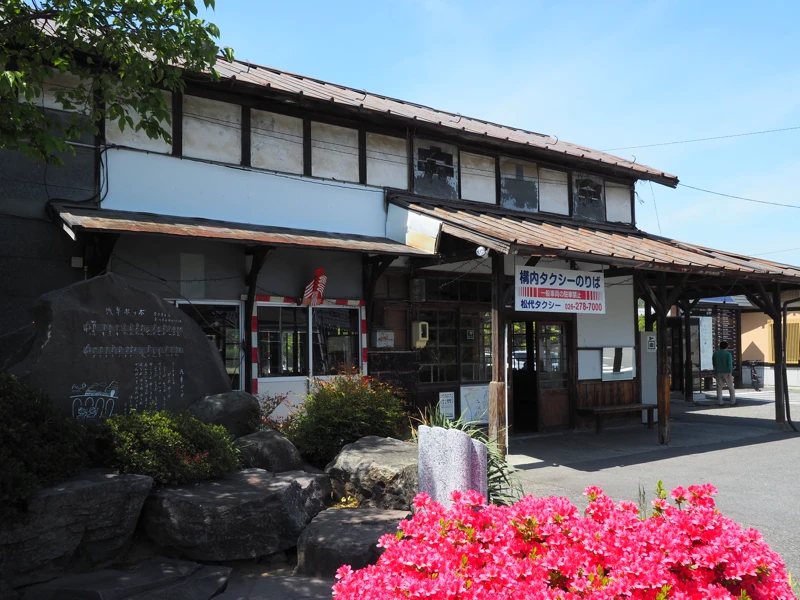
The newspaper article talks about a local architect who evaluated the station building, saying, “Matsushiro Station Building, designed as the main station of the Kato Railway, was known as a ‘chalk Western-style building’ with a Western-style truss structure on the platform roof and the exterior walls painted white."
The term “chalk Western-style building” struck me as strange. Was it really called this at that time?
I am re-posting the photo I used yesterday, but I don’t think people at that time would have called it a “chalk Western-style house” when they saw this. It reminded me more of a warehouse with whitewashed walls. Would they call this a “Western-style building”?
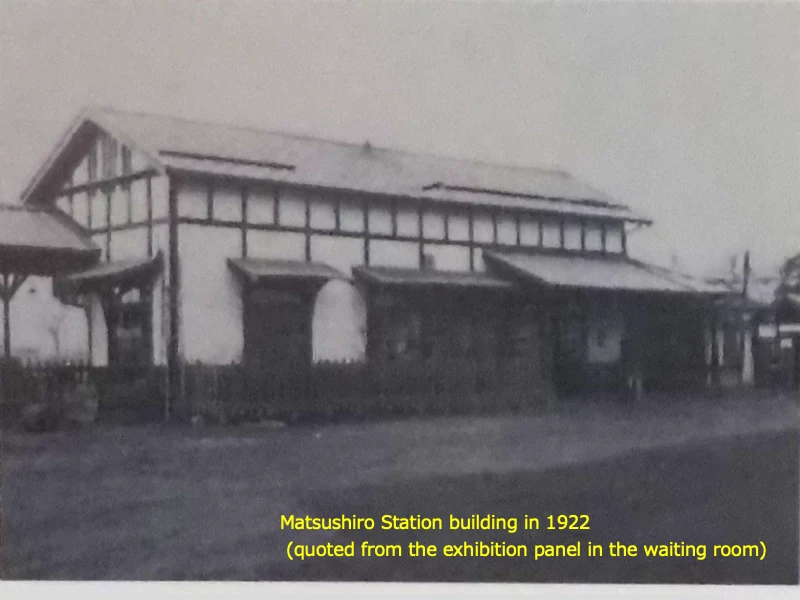
So I searched the Digital Collections of the National Diet Library and browsed through books on Matsudai Station from the Taisho to the early Showa periods, but I could not find anything describing the building’s exterior.
I searched for “Matsushiro Station” or “Matsudai Depo” in the “History of Matsushiro Town” published in 1939, which is the most likely source of the description, but it did not mention the exterior of the station building.
If it is true that the building was actually called “Chalk Western-style building” at that time, well, I’ll reconsider.
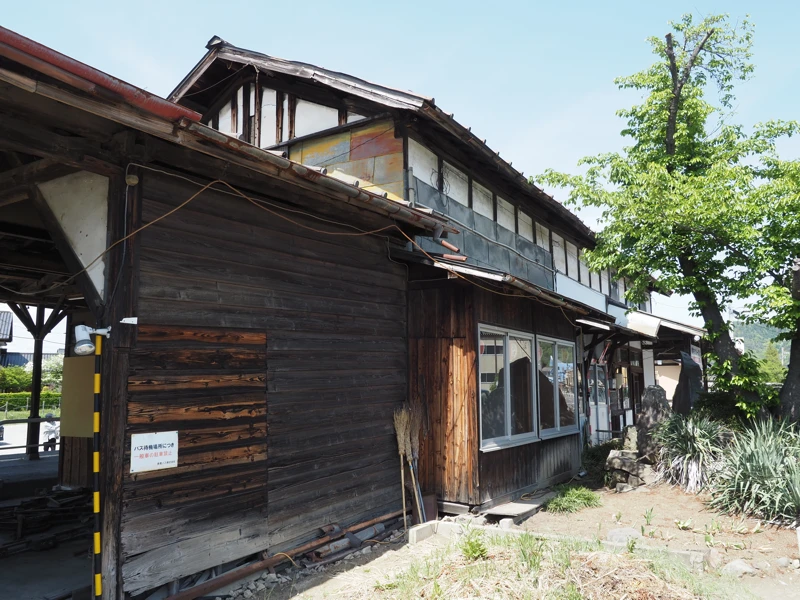
***
I will end to talk about the chalk Western-style building.
The history of the town of Matsudai (1939) contained a description of the Kato Railway, so I will summarize its contents and write about it here.
After the abolition of feudal domains, Matsushiro declined due to the inconvenience of transportation.
The local people were eagerly awaiting the construction of a railroad, especially since it would have a great impact on the raw silk industry, Matsushiro’s specialty product.
In 1888, a silk manufacturer Chuichiro Osato (one of the founders of Rokkosha) planned to build a railroad between Matsushiro and Shinonoi, and invested his own money to survey the route, but it was not realized.
In 1900, Keijiro Amamiya of Tokyo, Chuichiro Osato of Matsushiro, and some others in the neighborhood initiated a plan to build a horse-drawn railroad from Yashiro to Suzaka through Matsushiro, but this plan was also abandoned.
In 1902, Sataro Kishida and others planned to build a horse-drawn carriage line between Yashiro and Matsushiro, but this was never realized.
In 1910, Yorimichi Yazawa, a member of the prefectural assembly, and others submitted a petition to the prefectural assembly for the construction of the Shin-Etsu Kato Railway. The petition passed the prefectural assembly. And Katsuya Kato, a Diet member elected from Niigata Prefecture, submitted a proposal to the Diet, which aroused public interest, but no action was taken by the government.
In 1911, the Hanishina County Assembly submitted and passed a proposal for the construction of a railroad.
In the same year, there was also a proposal to build the Kato Railway in Suzaka Town, and a Tokyo-based contractor was involved in the project, but it was abandoned.
In 1919, the mayors of the towns and villages in the four counties of Hanishina, Kamitakai, Shimotakai, and Shimominochi conferred and formed the Shinetsu Kato Railway Alliance.
In response, Tohei Kozu (advisor to Saku Railway), Goichi Kiuchi, Tomita Oi, and others in Saku invested in the establishment of Kato Railway Co. (The plan for the Kato Line was originally owned by Saku Railway, and Kato Railway was established with investment from Saku Railway. It seems that the railroad construction rights held by Saku Railway were transferred to Kawahigashi Railway.)
In May 1920, the founding meeting of Kato Railway was held.
Groundbreaking ceremony held on May 30, 1921; construction of a railroad from Yashiro to Suzaka began in June.
The first phase of construction was completed on June 10, 1922, and an opening ceremony was held in Suzaka Town.
The site of Matsushiro Station was donated by the local community by way of a three-year continuous expenditure.
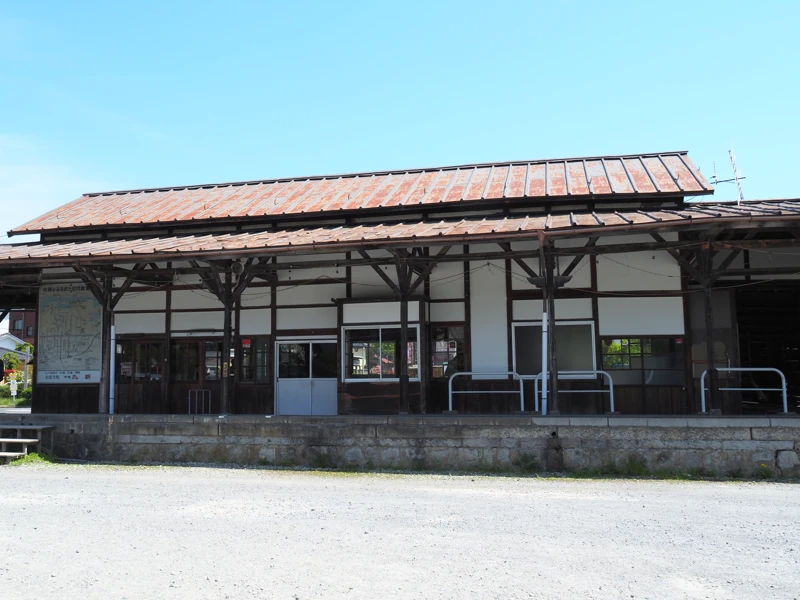
The above is based on the contents of the History of Matsushiro Town.
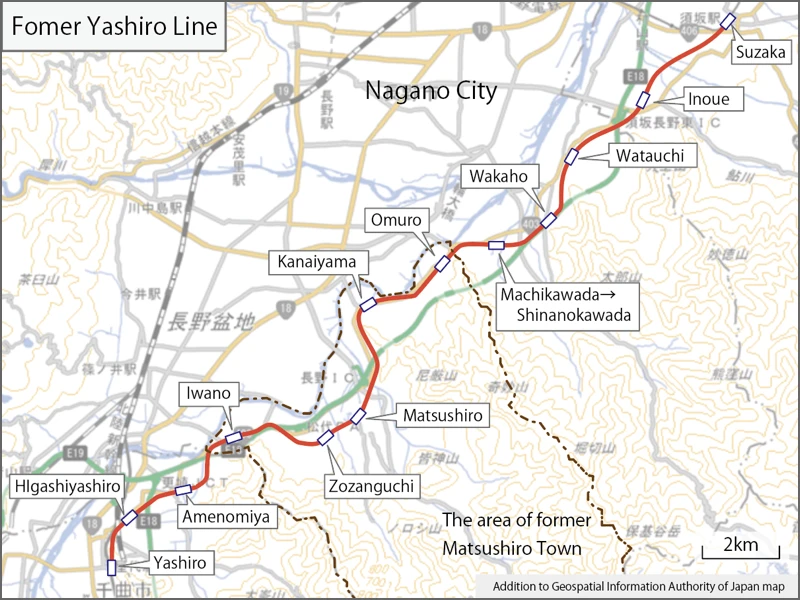
The map shows the stations of the Yashiro Line before its abolition, but not all stations were in operation from the time of its opening.
The stations that operated from the time of opening were Yashiro, Matsushiro, Kanaiyama, Machikawada (later renamed Shinanokawada), Watauchi, and Suzaka, and Higashi-Yashiro, Amenomiya, Iwano, and Inoue (this four were treated as stops).
Zozanguchi Station opened in 1934, Omuro Station in 1951, and Wakaho Station in 1966.
[Reference]
“History of Matsshiro Town, Vol. 2” (Ed. Kimata Ohira / Matsushiro Town, Hanishina County, Nagano Prefecture / 1939)
“Former Matsushiro Station Building to be Dismantled Due to Aging” (Shinano Mainichi Shimbun / April 26, 2025)

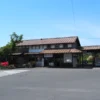

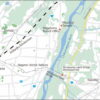

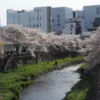
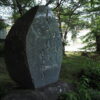
Discussion
New Comments
No comments yet. Be the first one!